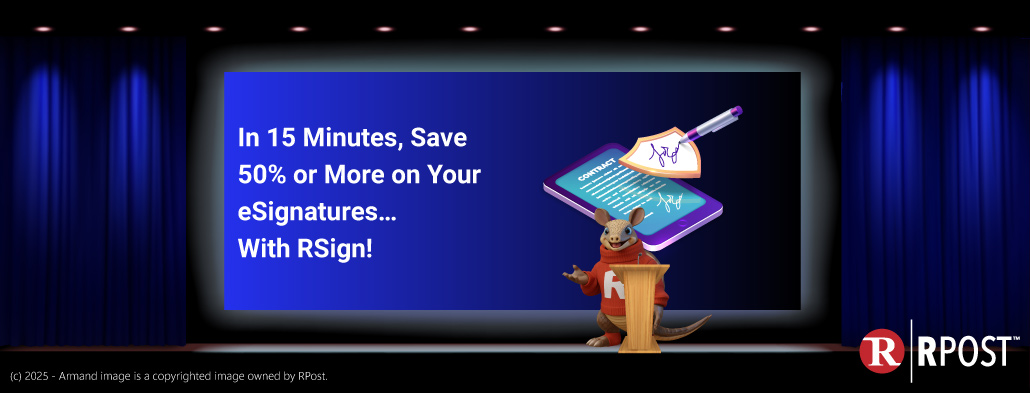
If you happened to watch last night’s presidential debate, you may have thought at least two things: 1) Thank God this is the last one and 2) Does looking directly into the camera to make a statement make people feel more at ease or put off? Obviously not everyone will react the same to this tactic; however, even though consciously deliberate, Joe Biden effectively used the live video interaction to form a relationship and feeling of empathy with millions of Americans. The science behind this is something that everyone working remotely should consider.
Even in video-enabled web meetings (or live TV broadcasts), direct eye contact counts, and it is a critical part of human social interaction because it is closely tied to the formation of relationships and feelings of empathy. If you use eye contact (and display empathy or feelings of friendliness) the subconscious of the person you are connecting with automatically mimics your eye contact and movement, and there is initiated a human connection. Your eye gaze provides a communicative signal that transfers information regarding emotional and mental states. Eye contact, or mutual gaze, conveys the message, “I am attending to you,” thereby promoting effective communication and enhancing social interaction. But interestingly, it is not seeing someone’s face or smile that creates this humanized video meeting — it is the live eye contact and the synchronizing of one’s gaze and blinking (Read study for scientific citations).
The good news is: Video meetings with eye-contact can be as effective in building social connections as in person. This can be effective in building or nurturing remote rapport with your clients and staff and is far better than a telephone call or web meeting with cameras switched off.
The bad news is (for many): What is not effective is staring at your large monitor with your laptop camera displaying only your high cheekbones and neatly trimmed sideburns. Effective web meeting eye contact requires you to not only look at the screen that has your camera on it, but to look directly at the camera lens — not other faces on your screen. Done properly, staring at the lens can create the lure of empathy in your message among those watching. Likewise, multi-tasking during your web meeting, while you may think the speaker cannot tell, removes your eye contact, and thereby cuts off any benefit of the social interaction — in fact, it can create a negative effect much like it would in the non-virtual world.
Now you may be wondering: Why might eye-contact be important for email?
Know more: Encrypt Email Messages
While it does not instill the emotional connection, sending a Registered Email™ message (vs. a regular email) gets the attention of the reader. And importantly, it returns that record of eye contact on the content of the message to the sender in the form of a court-accepted “Registered Receipt™ email record.
What is most remarkable about the value of Registered Email™ “eye-contact” for email is that it can prove what content someone looked at in an email. Proof of message content delivered (and viewed) is essential to organizations that need to send regulated or required electronic notifications — with required consumer disclaimers or risk disclosures, for example.
One company learned the hard way — 250 out of 450,000 emails were claimed not to have been delivered with the appropriate (regulated) consumer disclosures. They had no way to prove that for these 250 emails were received. (To put this in context, one half of one tenth of a percent of those sent). And this lack of proof triggered a $15 million Consumer Financial Protection Bureau government fine (read details) and likely many more millions in expenses dealing with the regulatory audit. Had they sent each of these emails as Registered Email™ messages, with proof of content delivered — recorded “eye-contact” for email — they may have saved a ton of money and headaches.
The Registered Email™ is RPost patented technology included in the RMail® service platform. Try now…free (click here).
RMail®, Registered Email™, Registered Receipt™ and Legal Proof® are registered and unregistered trademarks owned by RPost Communications.

November 21, 2025

November 14, 2025

November 07, 2025

October 31, 2025

October 24, 2025